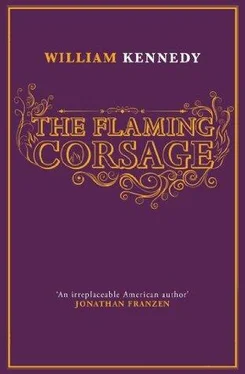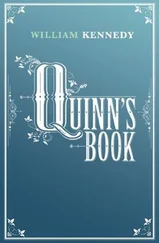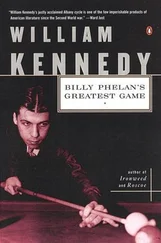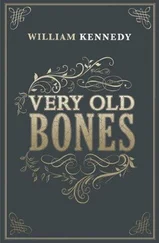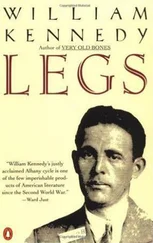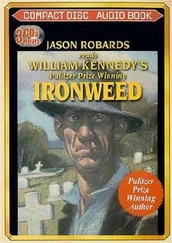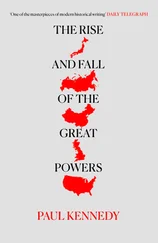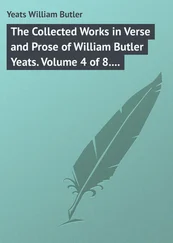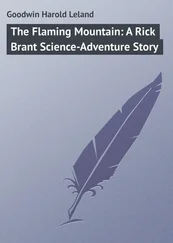“Not at all. I want the entire body.”
She moved her legs to give greatest visibility to her ankles. MacDonald came out from under his cloth.
“Is this how you want to be seen in the photo?” he asked, indicating her ankles.
“It’s for my husband.”
“Very lucky man, your husband.”
“No, he’s not a lucky man. His life is a disaster, and much of it is my doing.”
“I’m sure you’re too cruel to yourself, Madam.”
“I’m not cruel at all. This is just how it happened to be. One is what one is, one does what one does. Isn’t that how you find it?”
“I’m not much on philosophy, Madam.”
“But in taking pictures you must see in people’s faces how they are.”
“Sometimes I think I do, but other times I know what I see is only an illusion. From what I see here, I’m sure this photo will cheer up your husband.”
“I hope you are right.”
“Then relax, Madam,” he said as he hid himself beneath the cloth, “relax.”
“I have no intention of relaxing,” Katrina said. “You’ll have to photograph me as I am.”
“Don’t move. And look into the camera.”
“Wait!” she said, for she suddenly remembered Femmitie Staats, defined forever in her painting by her flirtatious smile; and Katrina wondered which feature of hers people would fix upon as definitive. She loathed the idea of its being her avant-garde ankles. Then she saw the dried sunflower in a vase on a corner table in the studio, and she spoke up, told the photographer she wished to redesign herself, and would he leave her for a few moments?
The billowy V-neck of her dress was adjustable by hidden burtons, two of which she undid, allowing the neck to open to the edges of her shoulders. The separation of her breasts then became visible, but she concealed most of that with the sunflower, whose stem she snapped to shorten it, then tucked the stem inside her bodice. In her mirror image she had become different, new yet again. And, for the first time, the top of her white, oval scar from the Delavan was visible to the world, above the edge of her dress.
Could one call this appearance brazen?
She thought not. Some might suggest that a flaw such as a scar should be hidden forever, but she disagreed.
She called to the photographer to return, and he raised an eyebrow at what he saw, then proceeded to take what would be unarguably the most important photograph of his later life. In it Katrina’s hair is symmetrically divided in an inverted V that falls with slight convex curves from the center of her forehead to the edges of her eyebrows, not one hair straying. Her sharply patrician nose is half in soft shadow, her mouth a small smile that says “I understand,” and there are deep oval shadowings that enhance her eyes, render them patient with the melancholy she so covets. She is looking directly at us and into us, her torso slightly rightward, her yellow sunflower an oblique presence, her left shoulder in a gently aggressive forward thrust, for she is yielding, but with a will that only very reluctantly recognizes the inevitable; yet it does recognize it. Her ankles, a statement of rebellion, do not dominate the photograph as MacDonald thought they might; but they color it, as Katrina’s radical exploration of love colored her entire life, and the lives of those around her.
With the making of this picture MacDonald would elevate himself, for a time, to the status of master photographer of eastern American beauty. Women of privilege, having once seen this photo, would come to Albany from as far as Boston and Manhattan to be photographed by him. But no other photo he took in these years would approach in vividness the image of Katrina and her sunflower with the pale yellow petals: two kindred blossoms of nature’s intelligence, caught at the peak of their elegant desiccation.
Katrina Deposits some Valuables in the Bank Vault
KATRINA WALKED FROM Broadway up State Street to the State National Bank, where her grandfather Lyman and her father had been directors in their time; the oldest bank in the city, where Archie Van Slyke was an assistant vice president, still. She saw Archie at his desk in a far corner of the main banking room, in his tight suit and his pince-nez. He stood to greet her as she walked toward him, and from the lethargic way he moved she decided he was still drinking too much.
With the Van Slyke and Taylor fortunes behind him, Archie had entered Albany’s banking world with flourish and promise. But he skidded at the death of Adelaide, and moped forward in life, focused on the bottle, never remarrying, keeping himself humbled and blurred. Yet he held his job, kept his modest title, one reason being that Geraldine had always placed unqualified trust in his handling of her once-substantial accounts.
Katrina always thought of Archie when she remembered what Henry James had told Edward and her during their luncheon in New York in 1903. When he thought of Albany, Henry said, he remembered his father’s stories about his own contemporaries, all of them men with great promise and romantic charm, all of them, in his father’s eyes, eventually ending badly, as badly as possible.
“Oh dear, Archie,” she said as she sat beside his desk, “this is a sad errand. I closed Mother’s house last night.”
“How is she?”
“Depressed. But the good of it is she no longer has to fear foreclosure. She’ll do fine in the apartment. And she’s still in the old neighborhood.”
“I knew it was happening,” Archie said. “Such a pity. Such a magnificent house it was.”
“I’ve taken a few pieces of special memory, but the rest is off to be auctioned. I bring valuables for our box in your vault. Mother had a safe for them at home, but I do not.”
As he prepared the paper for her to sign, Katrina saw the descending panorama of Archie’s entire life, culminating in the whiskey-blotch of his face; and she realized precisely how this, too, had happened. She would have to tell him.
“We’ll go in now,” Archie said, and together they walked across the bank to the armed guard, and Archie presented him with Katrina’s identification card; and they entered. Katrina left her bag on the table in the coupon room, and walked into the great vault of the bank with Archie. Together they opened the combination lock on the Daugherty safe deposit box, and Katrina carried the box back to the table.
“I’ll be a few minutes with this,” she said.
“Ring the wall buzzer and I’ll come back,” Archie said.
She took the jewel case out of her bag and placed all that was in it on the table: her mother’s diamond tiara, the silver cream pitcher from the Cromwell tea service, a pair of gold cuff links inscribed with her father’s initials in Old English script, two gold rings she and Adelaide had outgrown in childhood, the single strand of pearls Lyman had given Geraldine on her sixteenth birthday, and a miscellany of gold and silver bracelets that might not be gold and silver, since Geraldine had yielded most jewelry of value to rescue her husband from debt. This was what remained of the Taylor fortune, excepting what would come from the auction and the sale of the house, some of which would clear her mother’s debt to tradesmen, doctors, and lawyers, the rest to go into the trust fund that would pay for Geraldine’s modest room and board for the rest of her life. The melancholy management of reduced expectations.
Katrina took two silk scarves from her bag, wrapped the tiara, pitcher, and cuff links (a set of rainy-day surprises for Edward) in one, the rest of the items in the other. She saw that, as now packed, the deposit box would not accept all she wanted to put into it. She took out the family documents, their birth certificates, and the endowment agreement under which Lyman gave an annuity to Edward, the deeds to the Colonie Street house and the Daugherty house on Main Street, and two plays by Edward she had copied and put here for safekeeping without his knowing: Pyramus and Thisbe , which had since been published and no longer needed to be here, and Lunar Majesty , his play about a woman’s courtship, marriage, and early estrangement from her husband. Katrina cherished this play for its compassion and insight — into her, of course — she the enduring heroine of all of Edward’s works. She opened the manuscript to a page and read:
Читать дальше
